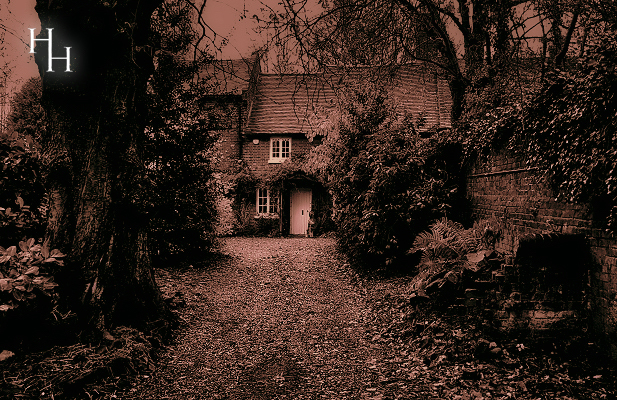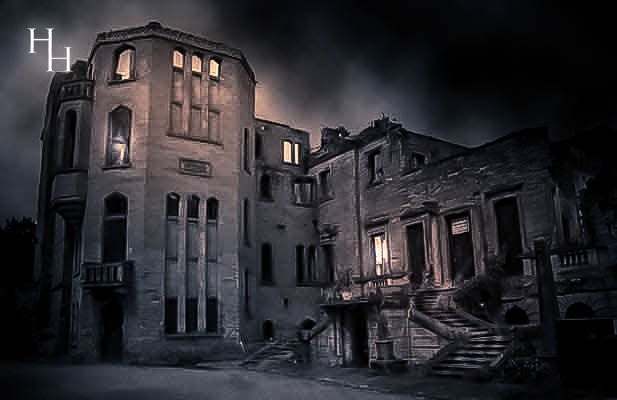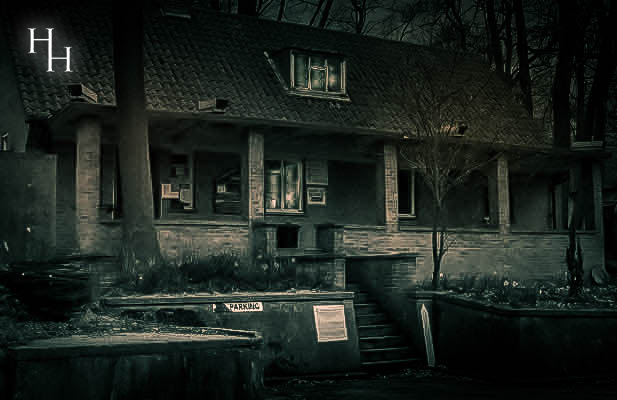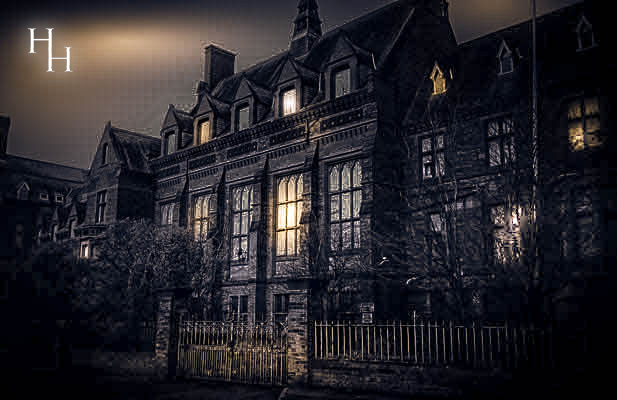Morecambe Winter Gardens - Morecambe, Lancashire
Will you experience the evil side of the theatre which is said to be present?
Sorry, we do not have any events for this location at the moment. Please keep an eye on our website for future dates.
Morecambe Winter Gardens theatre in Lancashire is one of the most infamous places in the UK for ghost hunts and has a reputation for very sinister paranormal activity. Stones have been thrown beneath the stage, footsteps heard on gravel and shadows seen moving around on the upper balcony during overnight ghost hunts here. Morecambe Winter Gardens is a location that is sure to frighten even the most hardened sceptic. Your ghost hunt starts here but be warned this dark, menacing and haunted theatre is a terrifying place after dark so beware.
Ghosts of Morecambe Winter Gardens
Morecambe Winter Gardens was visited by Most Haunted Live in 2008 and the location has become a favourite of serious paranormal groups due to the intensity of the activity experienced here. Ghostly footsteps have been heard along the empty corridors and shadowy figures are often reported in the upper balconies when nobody is up there.
People have reported being grabbed by unseen hands, felt dramatic drops in temperature and even witnessed Poltergeist activity beneath the stage with stones being thrown from empty corners of the room.
Morecambe Winter Gardens is a truly daunting and frightening location which will send chills through even the most hardened sceptic and you can join Haunted Happenings at this dark, haunted theatre and attempt to witness the Ghosts of Morecambe Winter Gardens
History of Morecambe Winter Gardens
The Winter Gardens in Morecambe was opened as the Victoria Pavilion Theatre in the last years of the 19th century and has played host to some of the most famous names in entertainment. Its grand red brick frontage is as much an iconic landmark in the town as the Midland, from where guests in the towns heyday may just have been able to hear the laughter from crowds of more than 2,000.
The theatre closed in 1977 and stood empty for years before it was threatened with demolition. An action group was formed and managed to stave off that threat by succeeding in having the theatre listed. In 1986 the Friends of the Winter Gardens was formed and began to clean and preserve the building and to open it to the public
The Winter Gardens is a Grade II listed building in Morecambe, Lancashire, England. Designed by architects Mangnall and Littlewood, with Frank Matcham as a consulting architect, it was originally built as the Victoria Pavilion Theatre in 1897 and was an extension to the existing Winter Gardens complex, which has since been demolished.
The theatre closed to the public in 1977 and was listed the same year. It is considered to be one of Morecambe's most significant features,and a campaign for its restoration has been ongoing since 1986. This is a music hall of a rare type, probably now unique of its kind (following the loss of the Islington Palace, London, formerly Mohawks' Hall of c.1869, demolished 1982) - that is, a big concert party or minstrels' hall.
It was built in 1897 to the designs of Mangnall & Littlewood, with Frank Matcham as consultant. Prominently sited on the sea front, the main elevation is an ornate, symmetrical composition in brick and terracotta. A big central gable with an elaborately scrolled outline expresses the rear wall of the auditorium and is flanked by projecting square towers with shaped gables. At ground level, the entrance is set between shop fronts. Internally, a flavour of Matcham is detectable in a building quite unlike any of his surviving works.
The general form must be Mangnall & Littlewood's although the design of the balconies and some other details may have been modified as a result of Matcham's involvement. The foyer is richly appointed, with mosaic, coloured and modelled faience tiling and plaster decorations and a pair of remarkably preserved bow-fronted ticket kiosks. The stair hall is equally elaborate, with marble, coloured tiles, and fine joinery. This leads to curving promenades at two levels with glazed screens looking into the hall. The hall itself is impressive - very wide and covered by a vast segmental tunnel-vaulted ceiling which soars over the whole space, including the area over the tops of the boxes, and is divided into richly decorated panels.
The curve of the ceiling embraces a huge tympanum above the proscenium and boxes, decorated at the sides with painted muses etc. The proscenium is framed by coupled columns with garlanded shafts supporting an enriched entablature and an elaborately modelled, scrolled and panelled gable-like attic ornament. On either side are two tiers of paired boxes set in splayed pavilions against which the balconies terminate. A deep serpentine-fronted balcony returns along the side walls with five rows of seats. The upper tier is set back and has shallow slips above the side promenades of the lower tier. The fly tower is plain rendered with dressing rooms on either side. For some conventional stage productions this great space has too large a capacity and too small a stage.
The narrow proscenium also makes the sight lines from the side slips a little uncomfortable and this limits usable capacity for stage shows. However, the large floor area permits the staging of all types of events with temporary seating, making the side balcony seats saleable. In 1978 an action group fought and obtained listed status for the theatre. However, the original glass-roofed Winter Gardens building adjacent was demolished and replaced by an amusement arcade development. It was understood that one reason for permitting this development was that the music hall would be restored and reopened, but, in the event, it fell into a seriously dilapidated state.







